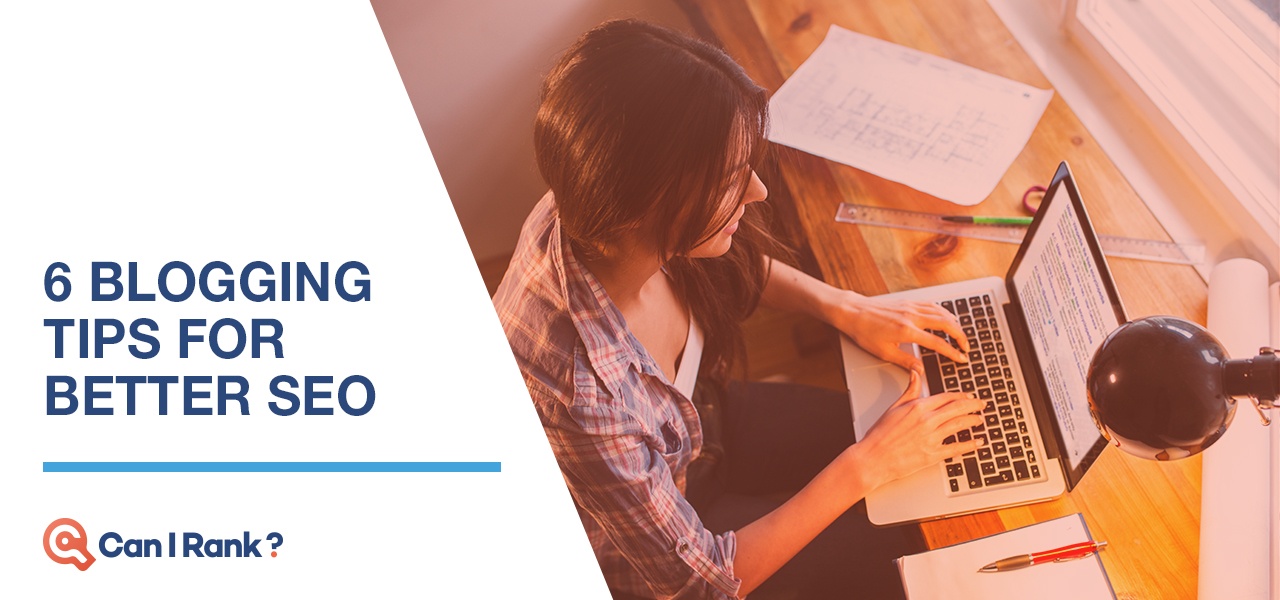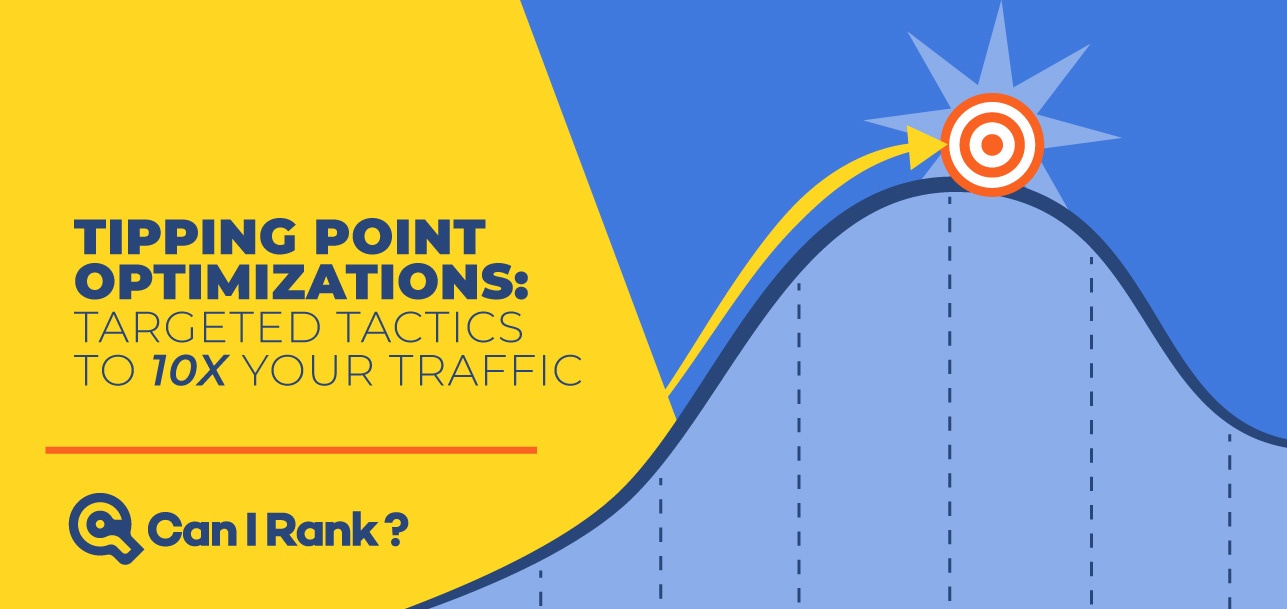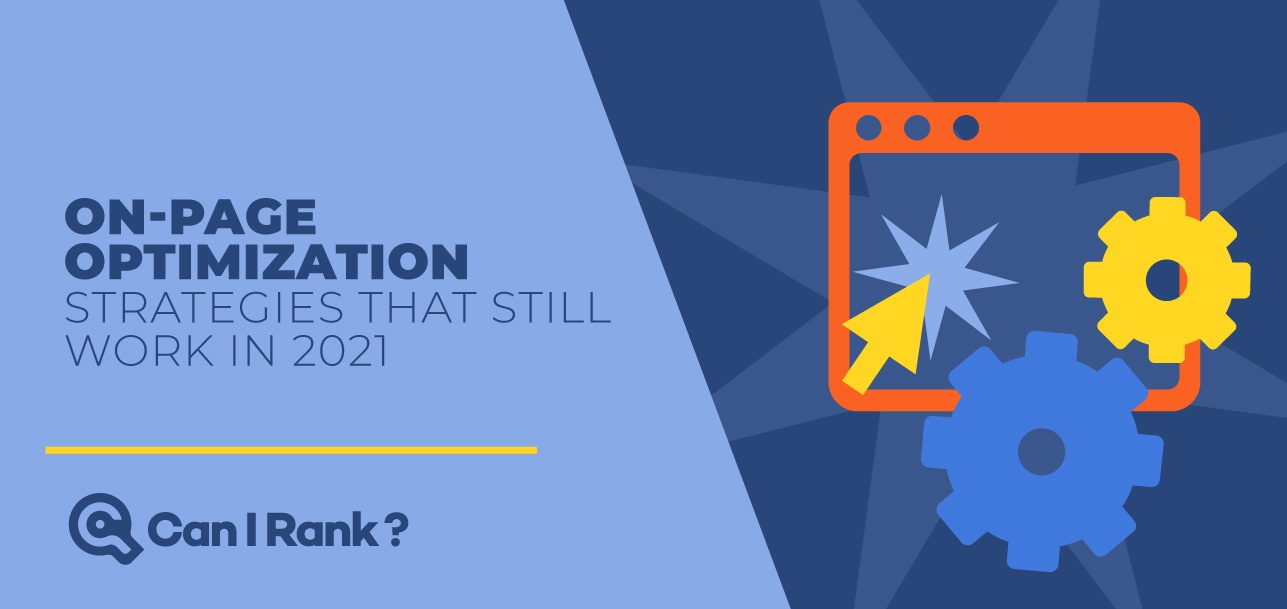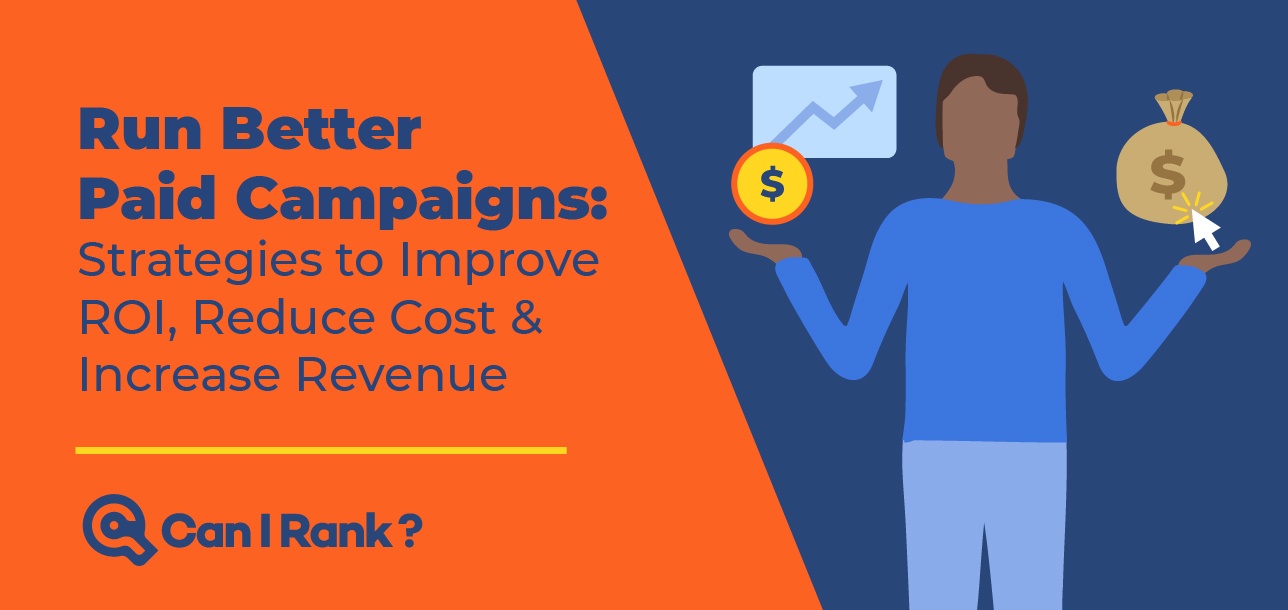Bringing an SEO agency onboard to spearhead your company’s SEO is an effective way to boost your business’s online presence. Although it’s tempting to let them go off and do their own thing while you take care of business, you’ll achieve better results by working together with your agency as a team. In our experience, we have found that updating clients on some of the most important aspects of blog SEO allows our team to dive in on more advanced optimization techniques and the all-important offsite promotion while you manage the basics of blogging for SEO.
Simple Tips for Writing and Publishing Great Blog Content When Blogging for SEO
Follow these blog SEO guidelines every time you publish a post, and you’ll get there a lot faster. Our SEO blogging tips are not hard to execute and can be easily worked into your current workflow.
Have a general keyword in mind
This doesn’t have to be a thoroughly researched keyword term or phrase. It’s just better to have a general idea of what you’re targeting before you write the post. If you’re the one writing the content, the keyword is usually related to the topic about which you’re writing. If someone else is taking care of content creation, then come up with a general theme for the post. Alternatively, you can tell the writer which of your site’s “feature pages” it should support.
Align the page title, URL and title tag
These elements are your first and possibly strongest indicators to nudge Google in the right direction concerning the topic of your post, making them a key component of blog SEO. It makes no sense to create a page title “Christmas tree decorations” then make the URL ending in “/holidays” and set the title tag to read “flashing lights.” Sure they are all related, but they tell Google this page MIGHT be about Christmas.
Instead, we want to be very explicit and ensure all three elements point right in the same direction. In this case, we would recommend:
Page title – “Christmas Tree Decorations” – Short and directly to the point
URL – “/christmas-tree-decorations” or “/christmas-decorations” (it’s believed that Google puts more weight on the first three words in a URL, so feel free to abbreviate)
Title tag – “Best Christmas tree decorations delivered right to your home” (55 characters or less is usually best)
Note on Titles —> The page title is not the place to include “your person twist” or a catchy innuendo or pun. That can go in the body of the text where you let your writing style shine. The title needs to be blatantly obvious about the topic of the post.
Meta information
Remember the keyword you’re targeting? That is likely going to be your meta keywords that you put into Yoast or another SEO tool. For your meta descriptions, this is the information that will appear in the Google snippet below the title, so make sure it is highly relevant to the topic and makes it very clear to readers what the page is about that they are about to visit. Ideally, these are between 150-160 characters in length and ALWAYS include your target keyword.
Categories and/or tags
Use one or the other, but try to avoid using BOTH. Which one is best to use will depend on our recommendations for setting up your site’s architecture or content strategy.
It’s a bit complicated how these all get written into the coding. But in some cases, we’ve seen Google crawl a post multiple times because of high category and tag usage, think it was duplicate content and penalize the website!
Once you’ve decided which one you’re going to use, do so sparingly. We’ve seen many many sites with useless tags such as “sad” or “home.” These kinds of words help neither Google or humans understand the topic of the post. So think of the two or three absolute BEST words or phrases (or categories) that describe that post and use those.
Images
Always use a captivating, though neutral featured image to captivate your audience. Watermarking the image with your product brand or logo helps build your reputation every time that image gets shared, whether or not you get a link. Only use properly licensed images to avoid any potential copyright issues.
Intext images are effective at reducing bounce rate and increasing the time users spend on a page. So be sure to include at least one or two relevant images, or more if your post is quite long. Remember to ensure that all your images, including the featured image above, have both a descriptive title and image alt text.
Bonus SEO blogging tip —> We recommend including primary or secondary keywords in the image alt text. If your keywords have common misspellings or alternate ways of being written, image alt text is a great place to include these. Not many readers will see this text, but search engines will.
Take Action
Follow these simple SEO blogging tips for every piece of new content you create and publish. Then your SEO team can spend their time on higher-value activities.




Leave A Comment